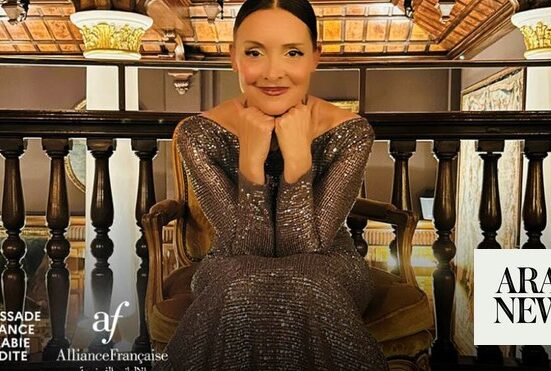In 1968 the Marxist historian Perry Anderson published a seminal essay entitled “Components of a National Culture”, analysing how Germanic intellectuals working in fields such as philosophy, economics, art history and psychoanalysis had fled the Fascistic persecutions of the 1930s to find asylum on the tolerant shores of Britain. Their traumatising experience, the essay argued, led them to reject all totalitarian or centralising systems and become resolute champions of our liberal, empirical, free-market traditions.
Writing in Anderson’s wake, Owen Hatherley has developed this thesis in his book The Alienation Effect, identifying a more radical, leftist tradition of such Central European émigrés, many of them Jewish, who made revolutionary contributions to all branches of our visual arts – from photography, film and book design, to architecture and town planning. Grumbles about the weather aside, they were grateful for the shelter – as Walter Gropius wrote, “people’s humaneness here is so attractive… and I am treated with a respect I cannot help liking.”
Hatherley, an architectural critic who describes himself as “a sentimental English socialist”, is at his strongest on the subject of housing, and his exploration of this territory constitutes a complementary pendant to Gavin Stamp’s equally stimulating study, Interwar: British Architecture 1919-39, published last year. Hatherley is a loving guide to council estates such as Berthold Lubetkin’s Spa Green and Ernő Goldfinger’s notoriously Brutalist Trellick Tower, illuminating the path by which innovations made in post-Habsburg “Red Vienna” and the Berlin of the Weimar Republic ended up domesticated in residential blocks in Willesden and Hackney.
The British intelligentsia – temperamentally Francophile, parochially conservative and anti-Semitic in tendency – was largely sceptical of the aesthetic merits of glass and concrete, but the sheer force of the émigrés’ ideas proved irresistible as they occupied influential professorial posts and threw up urbanists with compelling visions for post-war inner-city reconstruction such as Ruth Glass and Konrad Smigielski. Hatherley also makes the point that the roots of the functionalist “modernismus” or “international style” that has been so commonly derided here since its first appearance in the late 1920s were, ironically, actually thoroughly English in being inspired by the Crystal Palace, the Arts and Crafts and Garden City movements – a relationship that emerged most piquantly in rural Dartington Hall, engagingly described by Hatherley as “a sort of very approximate English analogue to the Bauhaus”.
Many of these émigrés, including Sigmund Freud and the art historian EH Gombrich, homed in on an enclave around north-west London focused on Finchley Road (“Finchleystrasse”) and Hampstead, but they weren’t confined by it. There was also intense interest in documenting what Hatherley calls “the strangeness of England”, as demonstrated in different ways by Bill Brandt’s eerie photographs for Picture Post and Nikolaus Pevsner’s epic survey The Buildings of England. Josef Herman painted the mining communities of South Wales; Oskar Kokoschka and Naum Gabo spent time in the wilds of Cornwall; the dadaïste Kurt Schwitters penetrated the Lake District.

Ernő Goldfinger’s notoriously Brutalist Trellick Tower in Ladbroke Grove
Most of the major actors and directors in the European film industry succumbed directly to the sun-kissed big-bucks allure of Hollywood, but a fair amount of its refugee talent stopped here, notably Michael Powell’s Hungarian collaborator Emeric Pressburger, the animator Lotte Reiniger and designers Hein Heckroth of The Red Shoes and Ken Adam of the James Bond franchise. Less fêted but no less influential were the book designers Jan Tschichold and Hans Schmoller who brought the graphic principles used by the German paperback imprint Albatross to bear on the covers of Penguin Books. Phaidon and Thames and Hudson, both the brainchildren of émigrés, were trailblazing publishing houses that brought “the world of art” to the widest audiences at affordable prices and in colour.
Impassioned and erudite, Hatherley writes with panache and never becomes flat-footedly ideological. If his book has a fault, it is that an excess of enthusiasm and content makes it at times exhaustingly indigestible – a welter of names and examples that come too thick and fast. No matter: in drawing attention to a hugely important yet neglected phenomenon that has shaped our culture for better and worse, this is a genuinely important study that deserves to win prizes. The publishers, alas, have been stingy with illustrations – but the internet can readily fill in the gaps.
The Alienation Effect: How Central European Émigrés Transformed the British Twentieth Century is published by Allen Lane at £35. To order your copy for £30, call 0330 173 0523 or visit Telegraph Books







